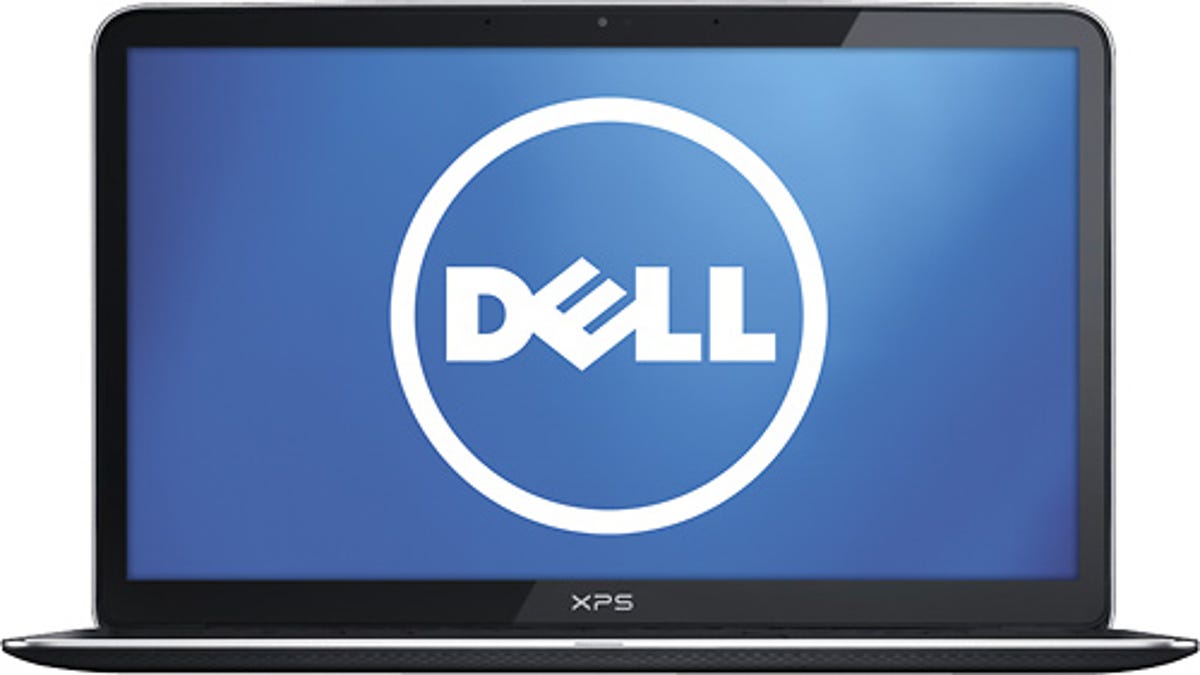These Intel chips are destined for next-gen MacBooks, ultrabooks
These chips are headed to your next laptop, if you're in the market for an ultrabook or a MacBook Air.

Waiting patiently for the next-generation of laptops with Intel's latest silicon? Well, deets have leaked that expose future Ivy Bridge chips in all their wattage and gigahertz glory.
Intel is placing greater emphasis on power-efficient chips (designated with a "U" or "M" suffix) for the emerging ultrabook category as well as Apple's popular MacBook Air line. Intel's most power-efficient chips draw less than 20 watts, a veritable trickle of energy compared with the traditional desktop computer.
There's a trade-off of course. Generally, the lower the wattage, the lower the performance. For example, a 17W chip aimed at the thinnest ultrabooks--like Dell's XPS 13 or Apple's ultrabook progenitor, the MacBook Air--is not as fast as an equivalent 25 watt (W) or 35W chip for relatively thick laptops.
But even Intel's most power-frugal Ivy Bridge processors should be fast enough to satisfy the vast majority of users who are upgrading from a Core 2 Duo-based laptop or even more recent Sandy Bridge processors. Benchmarks show significant gains for Ivy Bridge over analogous Sandy Bridge silicon.
So, without further ado, here's a rundown of Intel's most power-efficient Ivy Bridge processors coming to a laptop near you--via VR-Zone:
- Core i5-3427U: at 17W, it runs at 1.8GHz. But it can operate at as low as 14W (at lower speed) and as high as 25W. At 25W it can operate up to 2.3GHz (sans "turbo boost," which dynamically throttles the processor speed up or down).
- Core i7-3667U: at 17W, it runs at 2GHz and at speeds of 2.5GHz at 25W. And note that these speeds can be programmed by PC makers in some cases.
- Core i3-3217U: This power-efficient Core i3 is rated a 1.8GHz model with no option to increase the wattage--i.e., the power envelope--for higher speeds. At lower speeds its power envelope is 14W. This Core i3 also has slightly slower graphics compared with the above models, topping out at 1,050MHz rather than 1,150MHz. That said, it does support DDR3 1,600MHz memory and has 3MB of cache memory. And note that all Core i3 processors do not offer turbo boost.
- Core i5-3317U: This chip is rated at 1.7GHz, with no option for higher stock speeds. But the power envelope can be ratcheted lower. There is turbo boost support up to 2.4GHz for both cores and 2.6GHz for a single core. The graphics chip "clock" (speed) is unlocked and can be overclocked--though it's unclear if laptop makers will add support for this.
- Core i7-3517U: This is a 1.9GHz part that supports the higher 25W power envelope and concomitantly an increased clock speed of up to 2.4GHz. Turbo mode goes up to 2.8GHz for two cores and 3GHz on a single core. This has 4MB of cache memory.
Note that Ivy Bridge chips include both the central processing unit (CPU) and graphics processing unit (GPU) on the same piece of silicon. So, for example, Ivy Bridge (and Sandy Bridge) offers significant power-efficiency improvements compared with an older Intel Core 2 Duo chip with a power envelope of 17 watts because those older chips integrated only the CPU. The GPU was separate.

